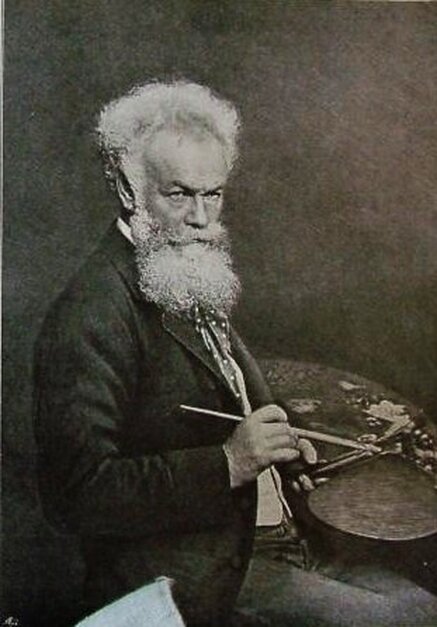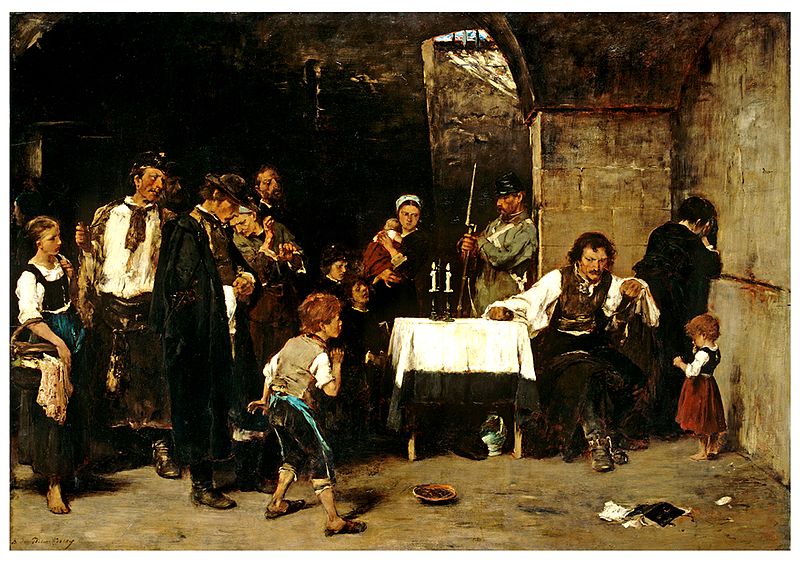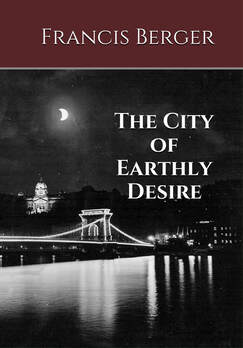Though I respect Munkácsy, I do not rank him among my favorite Hungarian painters (I more or less put him in the same category as István Csok). Nevertheless, I have a high regard for Munkácsy's genre pictures, specifically for his Siralomház (often translated as The Last Day of a Condemened Man, though verbatim the Hungarian word translates to Lamentation House, which is more synonymous with the English concept of Death Row). The painting appears below.
In my mind, what makes this painting so riveting is the scene it depicts and the unseen, unknown narratives it coaxes forth. When I look it, I am not looking at it from the perspective an art lover or even a common person, but from the viewpoint of a writer. From this viewpoint, I regard it to be as rich and complex as a Dostoevsky novel or as intricate and intertwining as a Dickens epic. In other words, the painting carries its own world as well as the whole world within its frame - it exists as a microcosm that is also a macrocosm.
Plot, setting, character, conflict, symbol, point of view, theme - all elements of fiction are there on the canvas. The only things needed are details. Who is the man? Why has he been condemned? What did he do? Who is the woman holding the child - the one glaring at him so sternly? Is the woman weeping in the corner the man's mother? Are the children his? What is going through the condemned man's mind at that very moment?
And so forth.
The Last Day of a Condemned Man can tell more than a single story, it possesses the power to tell a thousand stories, and that is what I love about it. The depicted scene could provide enough raw material for a dozen five-hundred page novels, each distinct from the other, and leave enough material for a dozen more. Simply put, the subject matter seems inexhaustible. I believe a mere cursory glance at a painting like this could cure even the most stubborn case of writer's block. The Last Day of a Condemned Man is like a never-ending story, which is probably why I like it so much.



 RSS Feed
RSS Feed

